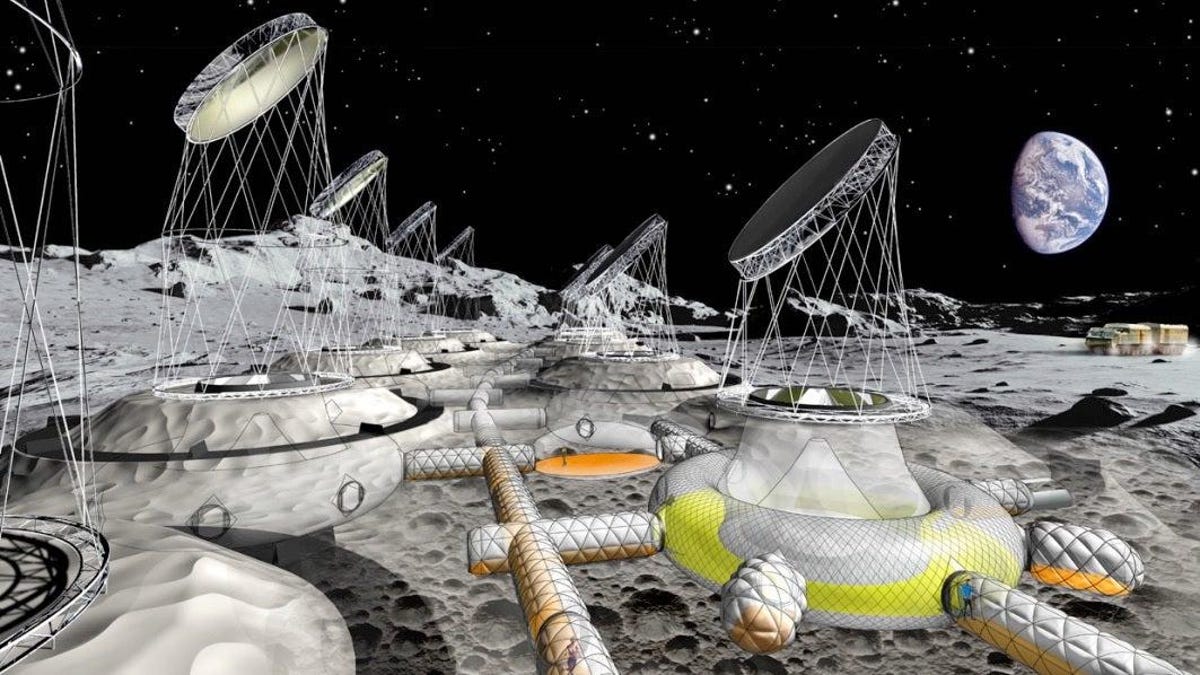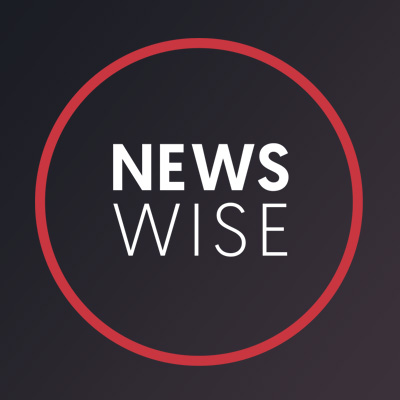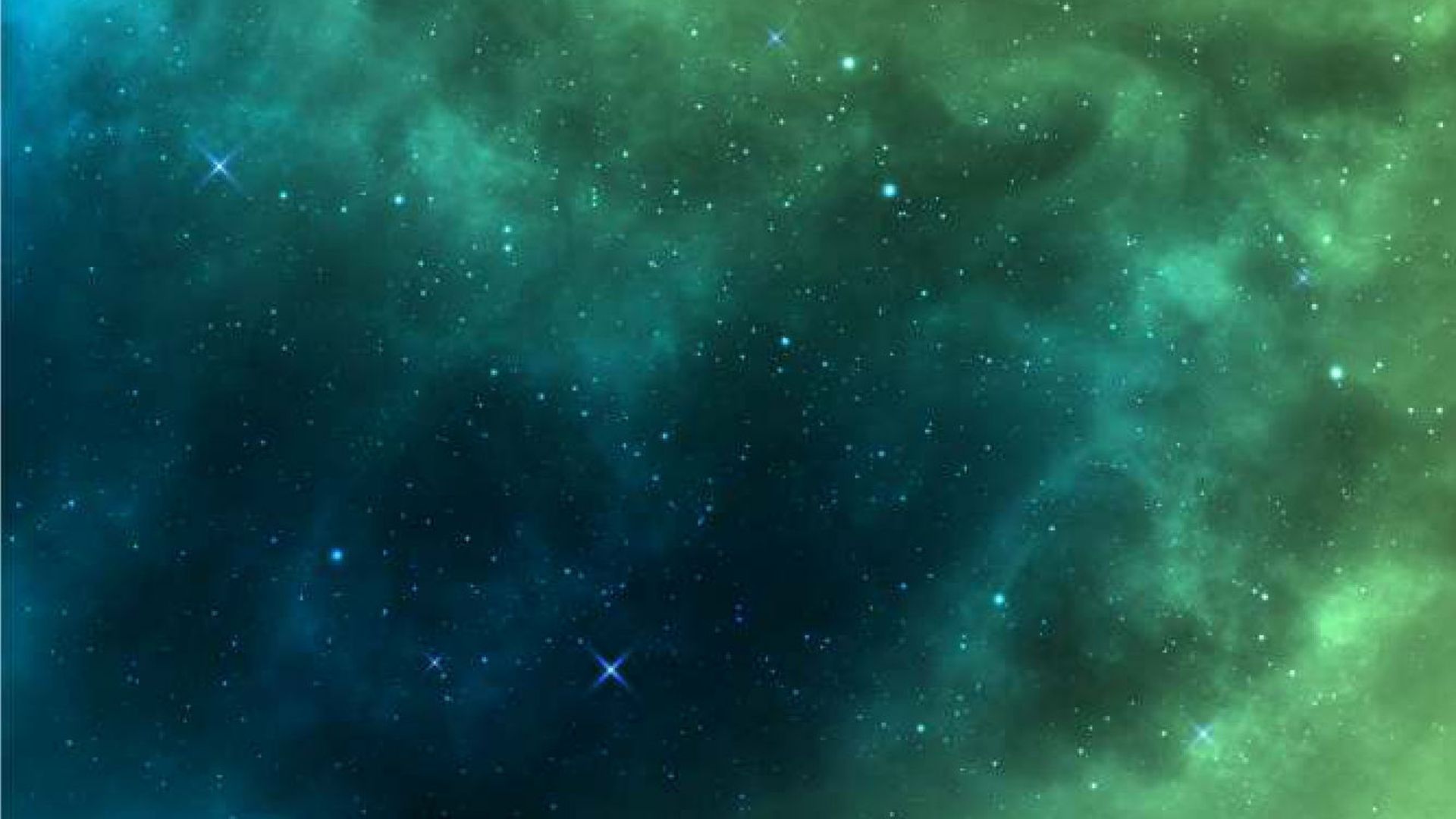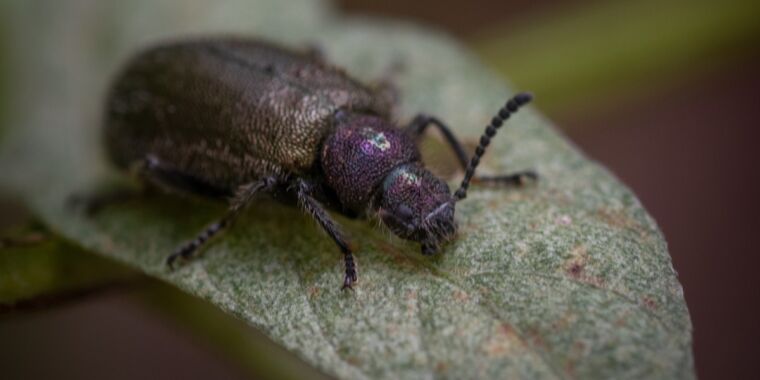- You need to sign in or sign up before continuing.
Designing a way to make oxygen injectable - Phys.org
9/3/22 at 10:38am

What if emergency medical personnel could treat a desperately ill patient in need of oxygen with a simple injection instead of having to rely on mechanical ventilation or rush to get them onto a heart-lung bypass machine?
Viewed by
You are the first to view
Behind the cover: September 2022 - Physics Today
9/2/22 at 4:49pm

<p>The cover photograph shows a natural sculpture whose physical origins were, until recently, a mystery.</p>
Viewed by
You are the first to view
Study unlocks secret to long life in queen ants, shedding light on ageing for 'other species' - Independent.ie
9/2/22 at 4:49pm
An insulin-suppressing protein could be behind the 500 percent increase in longevity seen in queen ants compared to workers in the colony, according to a new study that scientists say could shed light on the ageing process in other species.
Viewed by
You are the first to view
Nectocaris, the Impossible Squid - Discovery Institute
9/2/22 at 4:49pm

Paleontology sometimes seems like a kind of imaginative Rorschach test with the flattened fauna of roadkill.
Viewed by
You are the first to view
Wild Research Concept Envisions an Inflatable Village on the Moon - Gizmodo Australia
9/2/22 at 4:49pm

Humans are going back to the Moon and this time they’re seeking to stay. NASA’s Artemis program promotes a sustainable...
Viewed by
You are the first to view

The inflatable modules would serve as greenhouses and use large mirrors to collect valuable sunlight.
Viewed by
You are the first to view
Video: Tulsa students take their questions to the International Space Station | FOX23 News Tulsa - FOX23 News Tulsa
9/4/22 at 3:22am

Students from Darnaby Elementary School, near 81st and Memorial, got to send their questions all the way into space today. Read the full story at https://bit...
Viewed by
You are the first to view

Viewed by
You are the first to view
A quantum magnet is 3 billion times colder than interstellar space, scientists discover - Interesting Engineering
9/2/22 at 4:49pm

Physicists have managed to cool down a quantum magnet 3 billion times cooler than deep space's temperature.
Viewed by
You are the first to view
New fur for the quantum cat: Entanglement of many atoms discovered for the first time - Phys.org
9/4/22 at 3:22am

Be it magnets or superconductors, materials are known for their various properties. However, these properties may change spontaneously under extreme conditions. Researchers at the Technische Universität Dresden (TUD) and the Technische Universität München (TU…
Viewed by
You are the first to view
These beetles tuck symbiotic bacteria in “back pockets” during metamorphosis - Ars Technica
9/2/22 at 4:49pm

When adult females emerge from pupae, friction shuffles the bacteria to genital area.
Viewed by
You are the first to view
Perseverance Mars Experiment Capable of Producing as Much Oxygen as a Single Tree - ExtremeTech
9/2/22 at 4:49pm

This hardware is only an experiment, but it suggests producing breathable air from the red planet's thin atmosphere is going to be feasible.
Viewed by
You are the first to view

Astronomers and engineers use three types of orbits around Earth to position satellites and other space-based objects.
Viewed by
You are the first to view
Axolotls can regenerate their brains, revealing secrets of brain evolution and regeneration - Medical Xpress
9/2/22 at 4:49pm

The axolotl (Ambystoma mexicanum) is an aquatic salamander renowned for its ability to regenerate its spinal cord, heart and limbs. These amphibians also readily make new neurons throughout their lives. In 1964, researchers observed that adult axolotls could …
Viewed by
You are the first to view
Molecular atlas of an Australian dragon's brain sheds new light on more than 300 million years of brain evolution - Phys.org
9/2/22 at 4:49pm

These days, dragons are keeping "Game of Thrones" fans on their toes. But they are also providing important insights into vertebrate brain evolution, as revealed by the work of Max Planck scientists on the brain of the Australian bearded dragon Pogona vittice…
Viewed by
You are the first to view

A multi-institute research team led by BGI-Research has used BGI Stereo-seq technology to construct the world first spatiotemporal cellular atlas of the axolotl (Ambystoma mexicanum) brain development and regeneration, revealing how a brain injury can heal it…
Viewed by
You are the first to view

A cryo-EM structure for the three conformers of coxsackievirus A6 provides insight into the infection process of this enterovirus, which is responsible for numerous cases of hand, foot, and mouth disease.
Viewed by
You are the first to view

A new study shows that analyzing bodies of organisms killed by an impact of asteroids can teach us exactly how much damage occurs at the spot of such a cosmic collision.
Viewed by
You are the first to view

Nasa has published four different views of HIP 65426 b, the first planet outside our solar system to be captured by the $10bn (£8.65bn) space telescope.
Viewed by
You are the first to view

A Policy Forum article published today in Science calls for a new approach to regulating genetically engineered (GE) crops, arguing that current approaches for triggering safety testing vary…
Viewed by
You are the first to view
Public engagement: Future Earth communication grants, physiology at a music festival, New Generation Thinkers - Research Professional News
9/2/22 at 4:49pm

A roundup of this week’s Funding Insight articles
Viewed by
You are the first to view

Drug molecules and biofuels can be made to order by living cell factories, where biological enzymes do the job. Now researchers at Chalmers University of Technology have developed a computer model that can predict how fast enzymes work, making it possible to …
Viewed by
You are the first to view
Hubble Observes a Glittering Gathering of Stars - NASA
9/2/22 at 4:49pm

This glittering gathering of stars is the globular cluster NGC 6558, and it was captured by the NASA/ESA Hubble Space Telescope’s Advanced Camera for Surveys.
Viewed by
You are the first to view
What particle physics can do to improve diversity - Nature.com
9/2/22 at 4:49pm

Kétévi Assamagan describes how US particle physicists are trying to make their field work for people of all genders, ethnicities and backgrounds.
Viewed by
You are the first to view
Study unlocks secret to long life in queen ants, shedding light on ageing for ‘other species’ - The Independent
9/2/22 at 4:49pm

Queen ants uniquely exhibit high metabolism for reproduction without undergoing ageing, scientists say
Viewed by
You are the first to view